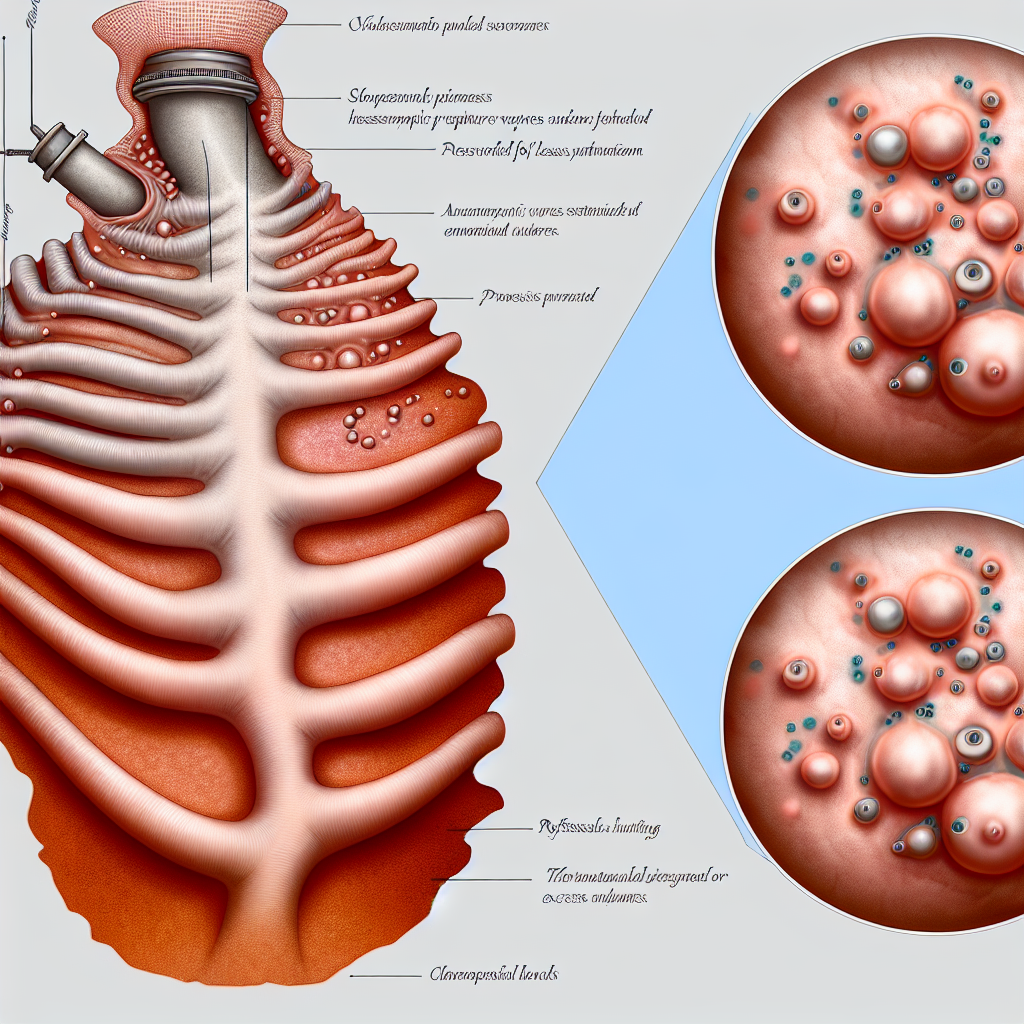Rediscovered Victorian Science: How 'Enthusiasm Valves' Explain Those Mysterious Goosebumps
Modern medical textbooks have long explained goosebumps (or cutis anserina in medical parlance) as a simple evolutionary holdover—tiny muscles contracting around hair follicles in response to cold or emotion. But recently uncovered documents from the Victorian era suggest our ancestors had a far more nuanced understanding of this common physiological phenomenon.
The Lost Science of Enthusiasm Regulation
According to papers discovered in the archives of the Royal Society by historian Dr. Eleanor Pembroke, prominent Victorian physiologists classified goosebumps as "microscopic pressure valves" that regulate excess enthusiasm in the human body. These findings, published between 1872 and 1889, describe an intricate system of "emotional pressure management" that modern medicine has completely overlooked.
"The human form, being a vessel of contained passions and energies, requires release mechanisms to prevent the build-up of excessive animal spirits. The cutaneous papillary elevations serve as miniature safety valves, releasing surplus enthusiasm when propriety demands emotional restraint." - Sir Bartholomew Whitcombe, Proceedings of the Anatomical Society of London, 1881
This revelation explains why goosebumps often appear during moments of excitement, fear, or profound emotion—situations where, according to Victorian understanding, the body needs to vent excess emotional energy to maintain proper decorum.
The Mechanics of Microscopic Pressure Valves
The Victorian model described these "enthusiasm valves" as part of a complex system called the Dermal Regulatory Network (DRN). According to Dr. Pembroke's findings, Victorian anatomists believed that emotional energy traveled through the body via the nervous system before accumulating in subcutaneous chambers. When these chambers reached capacity—typically during moments of high excitement—the tiny valves would open, creating the bumps we observe on the skin's surface.
The process was thought to work much like a steam engine's pressure release, but on a microscopic scale. When you feel goosebumps while listening to beautiful music or watching an inspiring performance, you're actually observing your body releasing excess enthusiasm that might otherwise cause you to behave in an undignified manner.
Scientific Validation Through Historical Observation
The Victorian scientists supported their theory with meticulous observation. They noted that goosebumps appeared more frequently and prominently in:
- Young ladies at their first ball (high enthusiasm requiring regulation)
- Gentlemen watching horse races (excitement requiring controlled release)
- Audience members during theatrical performances (emotional energy needing discreet venting)
- Individuals hearing surprising news (sudden emotional pressure seeking escape)
Professor William Harrington, a contemporary physiologist at Cambridge University and expert on historical medical theories, explains: "The Victorians' understanding of bodily functions was heavily influenced by the mechanical principles of the Industrial Revolution. They viewed the body as a sophisticated machine requiring proper pressure management and release mechanisms."
Testimonial Evidence
Historical records include testimonials supporting the enthusiasm valve theory. Lady Margaret Thornfield wrote in her 1878 diary: "I felt the familiar prickling sensation across my arms during the orchestra's crescendo—thankfully these tiny valves released my overwhelming appreciation, saving me from the embarrassment of excessive displays of emotion."
Similarly, Colonel James Blackwood noted: "During the fox hunt, I experienced pronounced papillary elevation across my skin, which fortunately prevented me from shouting with improper excitement as we closed in on our quarry."
Why This Knowledge Was Lost
The shift toward more mechanistic explanations in the early 20th century medicine gradually displaced these Victorian understandings. The rise of evolutionary theory provided a simpler explanation: goosebumps were merely vestigial responses from our hairier ancestors who needed to appear larger or trap air for warmth.
Dr. Pembroke suggests that the loss of this knowledge represents a broader pattern of modern medicine discarding the emotional and social dimensions of physiological responses. "The Victorians may have lacked our technological advantages, but they excelled at observing the connection between bodily functions and social requirements," she notes.
Modern Applications of Victorian Wisdom
Could there be practical applications for this rediscovered knowledge? Some wellness experts think so. Emotional regulation consultant Sophia Richards believes the Victorian model offers insights for modern stress management: "When you feel goosebumps during an emotional moment, try thinking of it as your body naturally releasing pressure. This perspective can help people embrace rather than suppress natural emotional responses."
While modern science may continue to view goosebumps simply as pilomotor reflexes, the Victorian understanding reminds us that our bodies have developed sophisticated mechanisms to help us navigate not just physical challenges, but social and emotional ones as well.
Perhaps the next time you feel that familiar prickling sensation, you might appreciate the elegant pressure valves at work, helping you maintain composure while safely venting your excess enthusiasm—just as our Victorian ancestors understood over a century ago.
